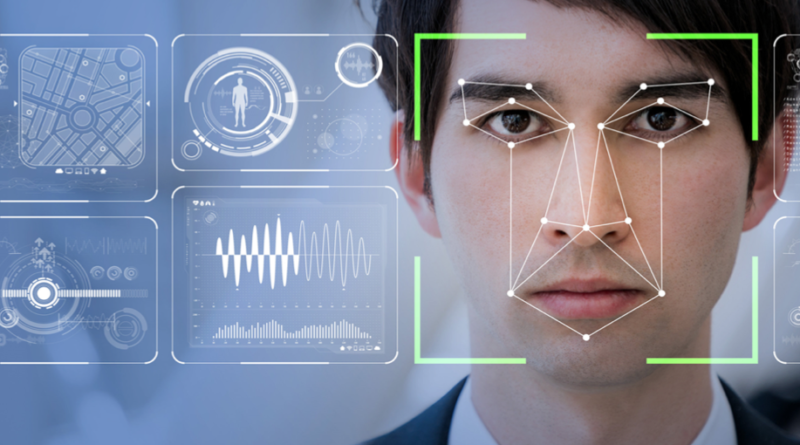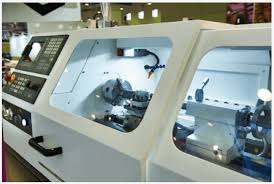Biometric Security System – Bringing Innovations To The Table
Businesses are adopting new methods to attract global customers and onboard them remotely. Digitization is pacing up this process while raising various concerns. While businesses are bringing innovations, criminals are simultaneously employing advanced technologies. They use software like 2D/3D masks and voice changers to camouflage their identities. This way, they escape the biometric screening process and onboard platforms.
However, with authentic and effective biometric checks in place, criminals can not escape the verification. The AI-powered biometric recognition guards the industries’ operations by providing accurate behavioural and biological checks. These features are impossible to replicate which makes the digital onboarding of customers more secure. This blog sheds light on the types of AI-powered biometrics identity verification checks.
Biometric ID Verification – Set of Improved Checks
Criminals are using sophisticated methods to commit their illicit activities. They either steal documents of legit customers or create fake ones to trick the verification process. However, biometric recognition verifies customers by validating their documents as well as their facial features. Similarly, they also perform voice recognition, iris/retina scans, DNA analysis and much more. The AI-powered biometric ID verification solutions further provide the following checks:
Facial Recognition
Facial recognition is the type of biological biometric screening that is popularly bringing accuracy to the table. Industries like travel, finance, healthcare, and various others are readily adopting this check to ensure authentic customer onboarding. In this process of facial verification, the system asks clients to upload a real-time selfie.
The AI-powered tools then map the face and extract features in the form of mathematical algorithms. This way, industries can accurately verify identities prior to digital onboarding. Biometric recognition also identifies imposters even if they are wearing 2D/3D masks. Furthermore, biometric recognition is helping the travel industry provide a hassle-free experience to passengers. They can remotely verify their identity and documents.
Fingerprint Verification
The fingerprint has been around for ages. It originated in 1892, when Juan Vucetich, an Argentine police officer, created a fingerprint-based biometric security system. Back then the law enforcement agencies were mainly using this method to identify and keep track of criminals. However, in today’s digital world, fingerprint recognition has become commonplace.
From biometric passports to device log-in, fingerprint verification technology is taking over every sphere. This type of biometric user authentication is more convenient and reliable. This way businesses can record fingerprints and store them in the databases for future use and verification of customers.
Retina and Iris Scans
AI-powered biometric security checks also provide retina/iris scans. Global industries such as surveillance, healthcare, security, finance, and travel, are currently using this technology to verify customers more accurately. Criminals using software like 2D/3D masks can somewhat alter the facial feature but can not replicate the complex patterns within the eye.
Digital biometric identity verification solutions help industries ensure they are not onboarding imposters. Shufti Pro Funding highlights that digital biometric recognition solutions provide more accuracy and authenticity in uncovering the customers’ real identities.
DNA Analyses
Biometric-based customer verification is bringing numerous innovations to the table. Another type of verification is DNA analysis. This type of biometric check verifies customers by analyzing their DNA and pattern within it. This is a very complex type of biometric recognition check as it involves analyses of complex structures within the human body. Criminal if somehow manages to trick the rest of the other checks, they cannot bypass the DNA-based biometric user authentication.
Voice Recognition
This is another type of biometric screening. It analyzes the pitch and vocal patterns a user forms. These are hard to replicate. However, criminals use software like deepfake to change their voice. Industries with authentic biometric checks in place can identify these imposters in minimal time.
The majority of the industries are readily using this type of biometrics to draw a line between legit customers and imposters. Moreover, service providers like Google are assisting customers by providing them with voice recognition technology. It helps them do online searching and various other tasks. Furthermore, the finance sector uses voice recognition-based biometric recognition to identify customers on call in case of remote account opening. This way, industries of all types reduce the criminals’ success rate.
Signature Analysis
Signature verification is also a common type of biometric identity verification check. Criminals replicate the signatures of customers to perform transactions, make payments, illegally transfer ownerships, and several other activities. However, biometric security systems have made it tough for fraudsters to create fake signatures. The AI and ML-driven tools analyze the handwriting, ink type, and other features more accurately.
In the End
Biometric security solutions are taking over the IDV services while bringing advancements in the operations. As per Shufti Pro News, criminals use transformed and digitally advanced mechanisms to fake their identities. They use methods like spoofing attacks, voice change, deep fake, and 2D/3D masks. This is why industries should employ AI-driven biometric screening solutions. They provide enough accuracy, convenience, and authenticity.


